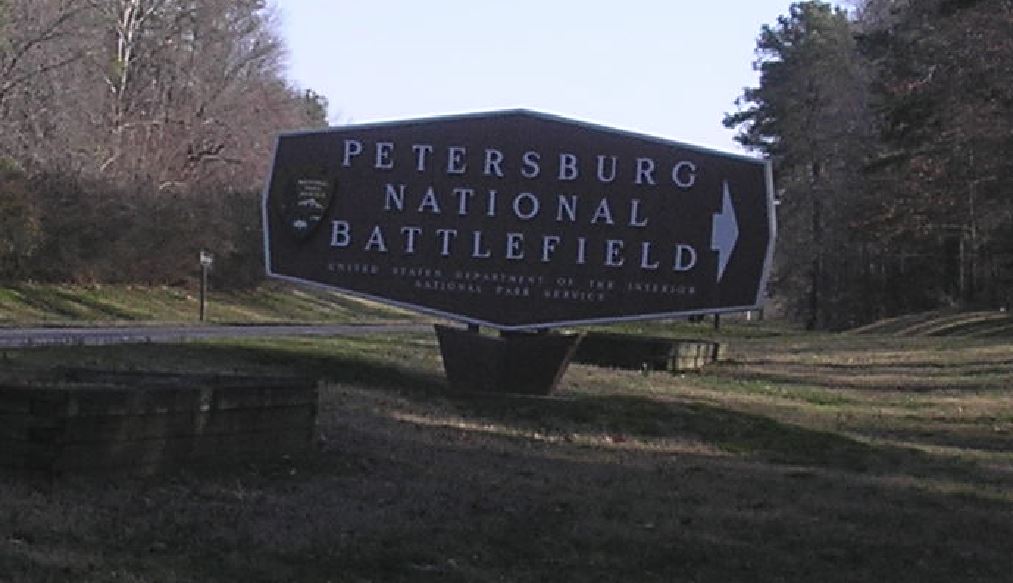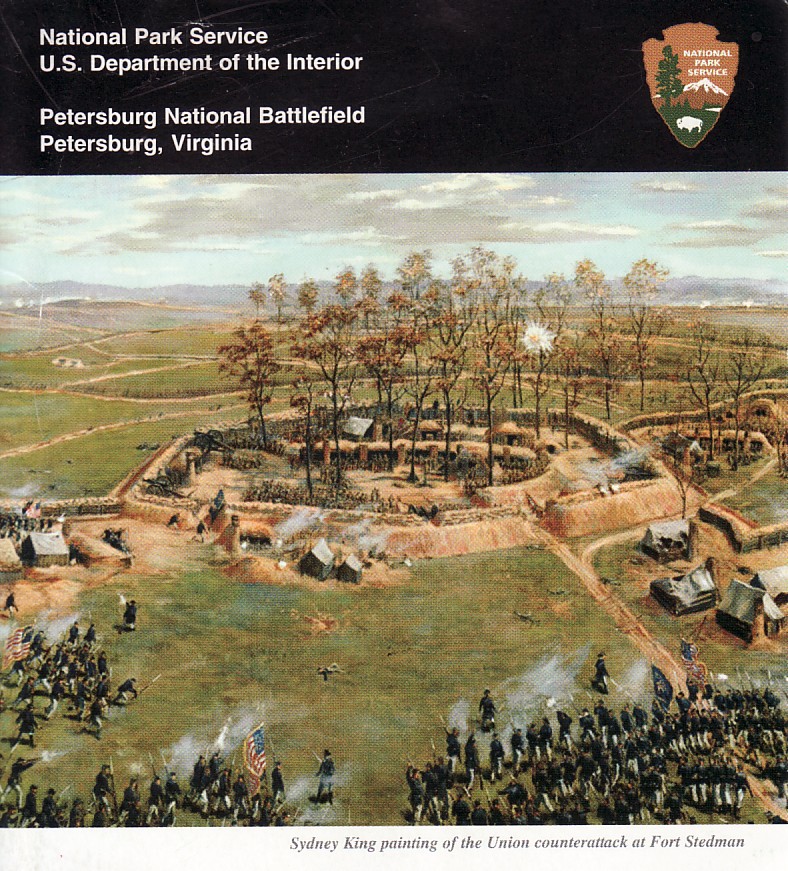Touring the Petersburg National Battlefield – The Visitor Center
Posted By Norman Gasbarro on March 21, 2013
Today’s blog post begins a multi-part series on the Petersburg National Battlefield – that portion of the battlefield which made up the Eastern Front, where the opening assaults and the Battles of the Crater and Fort Stedman occurred. Recent photographs taken at the battlefield are interspersed with the official, interpretative statements made at the various tour stops as well as statements from the National Park Service brochures and web site. Many men from the Lykens Valley area participated in this battle and the Battle of the Crater itself was noteworthy for the participation of coal miners from Schuylkill County.
The Siege of Petersburg was the longest military event of the Civil War.
Nine and a half months, 70,000 casualties, the suffering of civilians, thousands of U. S. Colored Troops fighting for the freedom of their race, and the decline of Gen. Robert E. Lee‘s Army of Northern Virginia all describe the Siege of Petersburg. It was here Gen. Ulysses S. Grant cut off all of Petersburg’s supply lines ensuring the fall of Richmond on 3 April 1865. Six days later, Lee surrendered.
The Visitor Center is located off I-95 south at Exit 52. At the exit, bear left and follow the signs for Wythe Street (Rt. 36). Continue on Rt. 36 and the entrance (pictured above) is located 2.8 miles on the right.
Begin your tour here where a map program explains the complex operations of the 9 1/2 month siege. Exhibits and a walking trail to Battery 5 , on the original Confederate defense line (the Dimmock Line), will take you to the site where the “Dictator,” a huge Union mortar was located.
A signboard at near the Visitor Center gives an overview of the battle and gives some broad meaning to the siege and the 9 1/2 month campaign. A time line of the battle is at the bottom of the signboard and the map gives some understanding of the scope of the fighting.
The Prize: Petersburg
If Petersburg fell, the Confederate capital at Richmond would fall too. Grant knew it; Lee knew it. And for nine months in 1864 and 1865 Union and Confederate armies waged a brutal campaign here that left the Confederacy on the verge of total defeat. At Petersburg, the war in Virginia transformed from a whirlwind succession of marches and battles into a methodical struggle of endurance and hardship.
The green area on the eastern part of the map is the tour covered by these posts. Stops along the way are numbered and keyed to other signboards at the battlefield and to information in a map/brochure distributed at the Visitor Center.
On the ground before you the first major attacks against Petersburg occurred. This bloodletting marked the beginning of nine months of siege.
The gentle depression in front of you is the only vestige of the Joshua Jordan House. The house was dismantled by Union troops during the Siege of Petersburg.
War came to the Jordan Farm in late 1862, when Confederate engineer Charles Dimmock laid out ten miles of defenses to protect Petersburg. Battery 5 of the “Dimmock Line” stood only yards from the Jordan House.
When Union and Confederate armies swarmed over this area in 1864, dozens of farmers like Jordan were uprooted, their homes damaged or destroyed, their woodlots cut, and their fields ravaged. The landscape still bears the scars.
The un-mowed strip of tall grass has been left to indicate the outline of connecting earthworks between Confederate Battery 5, to your left, and Battery 6, 250 yards to your right.
Continued tomorrow…
 ;
;










Comments